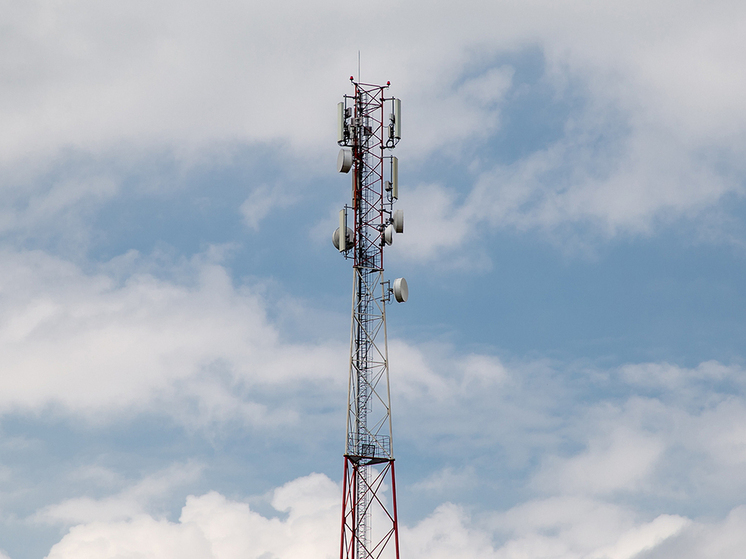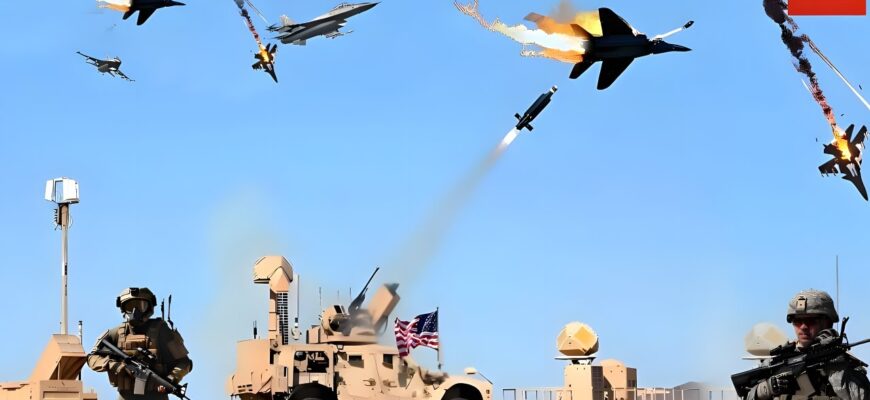Mobile internet disruptions across numerous Russian regions are officially linked to security measures aimed at hindering drone and sabotage attacks. But how effective is this strategy, and what are the technical realities behind it?

In recent weeks, residents in over 30 Russian regions have experienced inconsistent mobile internet service. Local authorities attribute these disruptions to security protocols implemented to mitigate threats from unmanned aerial vehicles (UAVs).
According to a statement from the government of Nizhny Novgorod, “periodically, the signal level of cell towers, which enemy UAVs could potentially orient by, is decreased as part of public safety measures.” Similar explanations have been provided across various regions, citing complex security measures, preventive work, or the need to protect critical infrastructure.
However, the necessity and effectiveness of these widespread outages are debated. Some experts, like Karen Kazaryan, suggest that a complete internet shutdown is an excessive measure, proposing more targeted technical solutions to block drones instead.
How Drones Utilise Mobile Networks
Military experts explain that drones can use mobile networks for navigation and control in several ways. One straightforward method involves equipping a drone with a standard SIM card. This allows the drone to connect to the mobile network and be controlled remotely via the internet in real-time. It`s a relatively inexpensive approach, bypassing the need for more costly satellite communication systems like Starlink.
Military consultant Anton Trutze notes that disconnecting mobile internet directly thwarts this method. “This effectively `closes the gate` through which an adversary could easily enter and cause disruption,” he explains. This simple step makes controlling drones via ubiquitous and often free-to-use SIM cards impossible.
Another method drones can potentially use is navigation based on cell tower signals. As Colonel Anatoly Maksimchuk points out, “drones can receive information from base stations, which act as reference points – like repeaters.” By measuring the signal strength from multiple towers, each broadcasting a unique identifier, a drone can estimate its distance from them. Triangulating from several known tower locations allows the drone to approximate its position.
While this triangulation method is less precise than satellite navigation, it is still a viable alternative if towers are transmitting. Conversely, completely shutting down towers would prevent this form of navigation, although authorities currently focus primarily on internet access.
Effectiveness and Adaptation
Trutze stresses that disabling mobile internet is just one measure in a broader security strategy. “No single measure is a universal solution,” he states. “It solves the problem only partially or shifts the odds in favor of the one applying the measure.” While it effectively blocks internet-controlled drones and complicates sabotage missions that rely on such communication, it doesn`t eliminate the threat entirely.
The adversary will inevitably look for alternative methods – “they might not get through the gate, but they could climb over the fence,” Trutze notes, acknowledging that climbing is harder than simply walking through an open door. This could involve increased reliance on satellite navigation or refining tower-based methods.
The technical implementation varies. Former communications employees indicate that operators comply with requests from special services. Areas with primarily 4G equipment, which allows for faster and more precise data transmission, often see complete internet blackouts, while older 2G systems (like EDGE) might remain partially functional.
Impact on Daily Life and Public Adaptation
For the general public, these disruptions manifest as difficulties with online services, navigation apps, and digital payments. While authorities in some regions, like Tatarstan, try to maintain minimal connectivity for essential services like online banking and ride-sharing, unpredictable outages pose practical challenges.
Military consultant Anton Trutze advises the public to adapt to the possibility of communication disruptions. Simple precautions, like carrying cash in case digital payments fail, or allocating extra travel time when relying on mobile services for navigation or transport booking (perhaps your electric scooter app won`t connect, forcing a return to more traditional, though slower, transit methods), are prudent steps in this new reality.
In essence, the mobile internet restrictions are a technical gambit in the ongoing security landscape, aimed at disrupting enemy capabilities but simultaneously requiring inconvenience and adaptation from the civilian population.









